Whether you’ve got a huge garden or a few containers on a patio, it’s always worth growing strawberries. They don’t take up a lot of space and take minimal effort to grow. Sweet, juicy and attractive, it’s no wonder they’re one of the most popular fruits to grow at home.
A+ grade plants are grown through the summer months and covered with fleece in the beginning for added protection – only plants with a 15mm+ diameter size fall into this grade. They are characterised by having very well developed root systems and, on average, will go on to produce 3-4 trusses per plant, which in turn will help to generate more flowers and fruit – 400g+ of berries per plant!
We send out our strawberry plants in a dormant state and some of the older leaves surrounding the central crown may look a bit ‘tired’ or even dead. This is quite normal, don’t worry! These old leaves can be left on the plant until the new foliage starts to emerge in the Spring. At this point, any that are completely dead should be removed. Leaving these old leaves on the plant throughout the winter and early spring will help you protect the crown from severe frosts and excessive rainfall.
Here are a few pointers to help you grow and look after your strawberries. We’ve tried to answer your most frequently asked questions!
What To Do First
After unpacking, inspect the roots, and, if they look all dry, stand them in a bucket of water for a few minutes. This will moisten the root system thoroughly. Plant as soon as possible, but, if the ground is not ready, temporarily ‘heel’ in the plants in a shady spot on a square patch of ground. Space them out in a line and cover the roots with moist soil.
If there’s no ground available in a workable condition, they can be kept for a few days in a cool shed or garage. Wrap the roots in a damp hessian or newspaper to prevent them from drying out. Alternatively, pot them up, place them in a cold frame and plant them out when conditions are most suitable in spring.
Preparing The Soil
Choose a sheltered area of the garden in full sun, and, if possible, avoid known frost pockets.
While strawberries will grow on most soils, they require a well-drained, moisture-retentive soil, rich in humus, to thrive. So dig in plenty of well-rotted organic matter, like farmyard manure or garden compost.
Prepare the soil as long before planting as possible and be sure to remove all perennial weeds as you dig. (It’s almost impossible to remove them from an established bed). Just before planting, rake in a dressing of balanced fertiliser, such as growmore or blood, fish and bone, to give the plants a boost this season. If recently dug, firm the ground thoroughly.
How Far Apart Should I Plant My Strawberries?
Set plants 37-45cm (15-18in) apart, in rows 82-90cm (33-36in) apart. Plant with a trowel, ensuring the roots are well spread out in each planting hole. It is most important to set the crowns just level with the soil surface. After refilling with moist soil, firm in each plant with your boot.
Looking After Strawberries
If your plants are not growing strongly, particularly if they are spring planted, it is best to de-blossom them in their first season. This may seem hard in the short term, but will enable the plants to devote all their energies to building strong crowns for future years.
At the beginning of June, mulch fruiting rows with straw, tucking it around the plants and under the fruiting trusses. This keeps the fruits clean and reduces rotting. Do not put down straw earlier in the season, as this will increase the chances of frost damage.
How To Protect Strawberries
After strawing, cover the rows with a cloche or net to prevent the ripening fruits being attacked by blackbirds or other birds. Support the net clear of the plants. If frost is forecast after plants have come into flower, protect them by covering with a cloche, fleece, plastic or other suitable material.
Strawberries suffer more than most other fruit in times of drought. If the weather turns dry at any time after the fruits start to swell, water the rows thoroughly about once per week until rainfall returns to normal.
What To Do After You’ve Picked The Fruit
Immediately after picking has finished, clip over the plants with a pair of shears to remove the leaves. This allows a crop of new leaves to grow which will nourish developing flower buds that will produce next year’s crop. Remove the straw and give the bed a thorough weeding at the same time. Compost or burn the removed material.
When Will My Strawberries Produce Runners?
Your strawberry plants will start to produce runners from about mid-June onwards. If you wish to keep rows of single-spaced plants, cut off the runners as they develop. The alternative is to encourage the formation of matted rows, which give higher yields.
How To Achieve Matted Rows For Strawberry Plants
To achieve matted rows, allow the first 7-10 runners from each parent plant to root in a band 20-25cm (8-10in) on either side of the row and only remove any that are surplus to this.
Keep your rows well weeded at all times and, each year in February, top-dress plants with a high potash fertiliser to encourage flowering and fruiting. You can have extra-early strawberries if you cover an early variety with cloches or a polythene tunnel at the end of February.
Perpetual Fruiting Strawberries
Also known as everbearing types, these varieties start to flower at more or less the same time as other strawberries. But they continue to produce flowers and fruit until the weather becomes too cold in October. The fruiting period can be extended if plants are protected with cloches in the autumn.
As the main reason for growing these varieties is to obtain fruit in late summer and autumn, it is recommended that any flowers produced before the end of May are cut off. This will encourage maximum production of fruit from July onwards. Later flowers should all be left on, even in the first year.
Cultivation differs from that of standard varieties in that fewer runners are produced and, as these flower and fruit immediately, they should not be removed. Also, plants should not be defoliated in summer. Instead, old leaves should be removed and beds cleaned up in late winter. The maximum period for which these varieties will crop well is two years, after which the beds should be replanted. They are often grown in tubs or barrels and are ideal for this purpose.
Sweet Juicy Berries For Months
There are so many varieties of strawberries, with an impressive variation of flavour, size, colour, sweetness and harvest time. If you’re clever, you can plant a selection of strawberry varieties so that you have a harvest from early summer all the way through to the first frosts. Take a look at our collection of strawberry runners, plants and seeds and let us know how you get on.

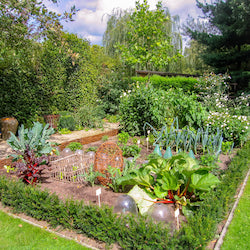
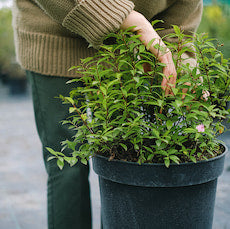
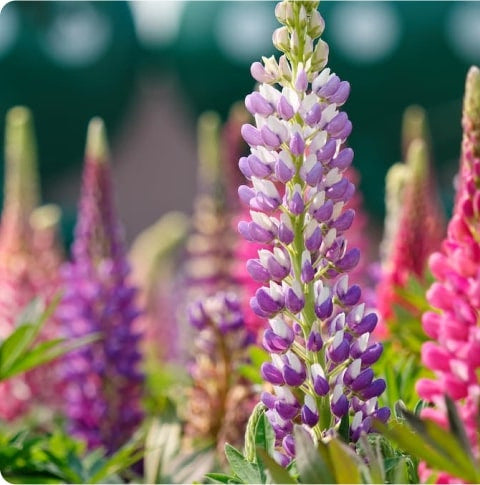








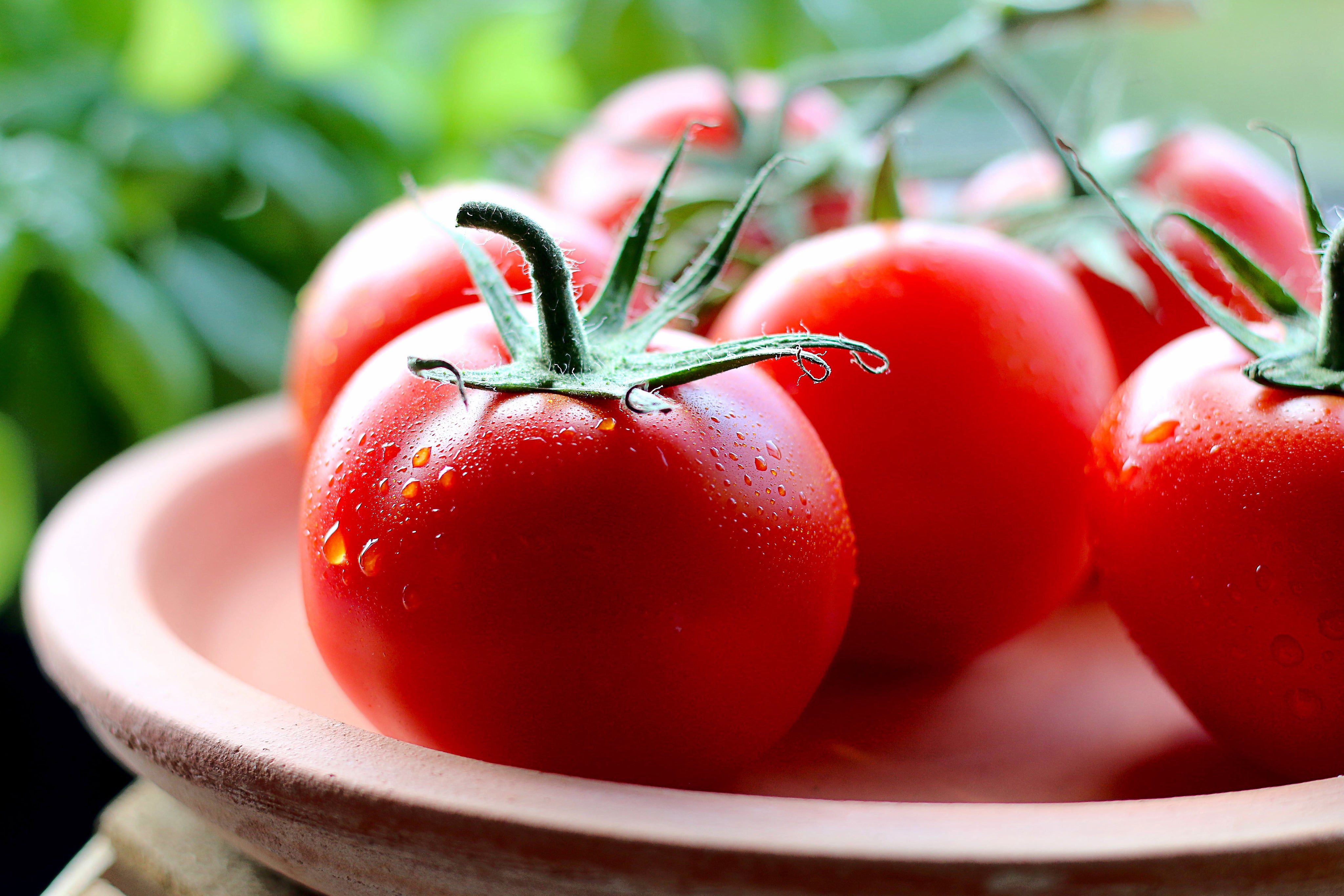

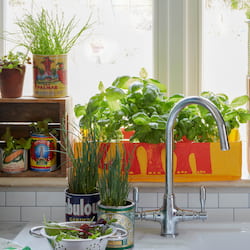
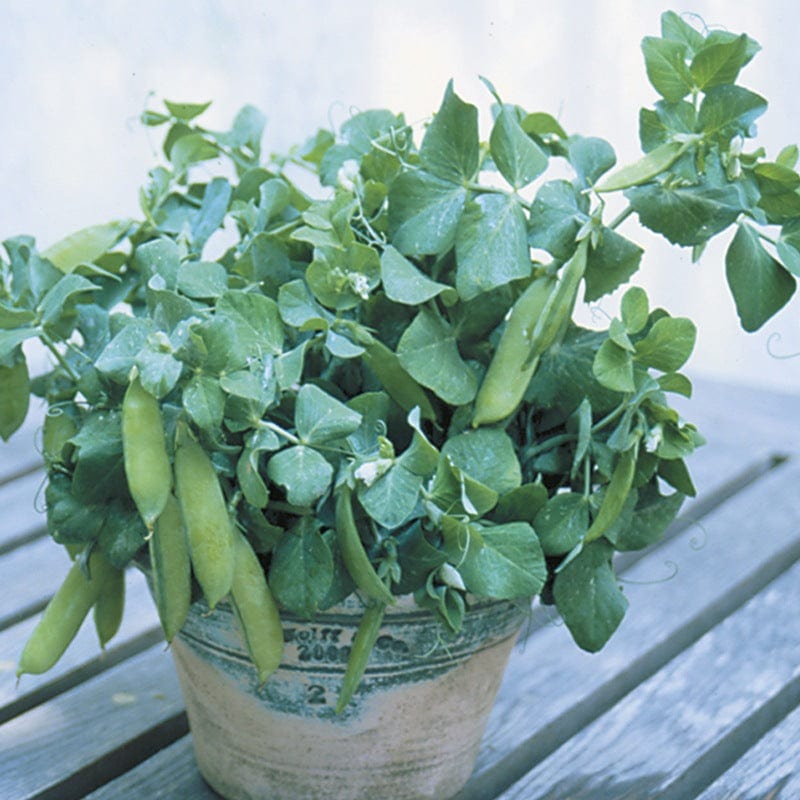


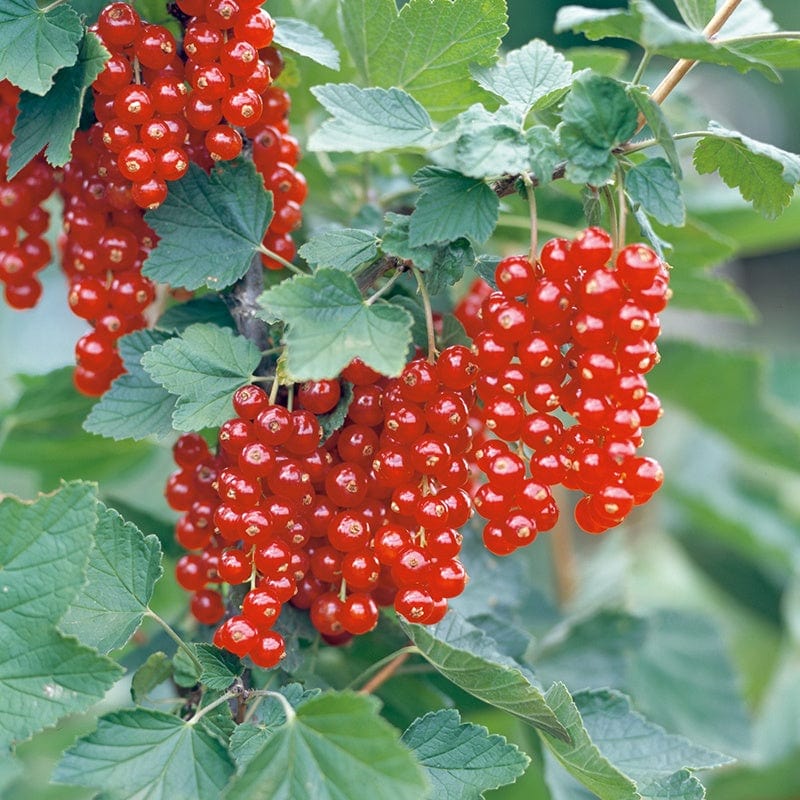
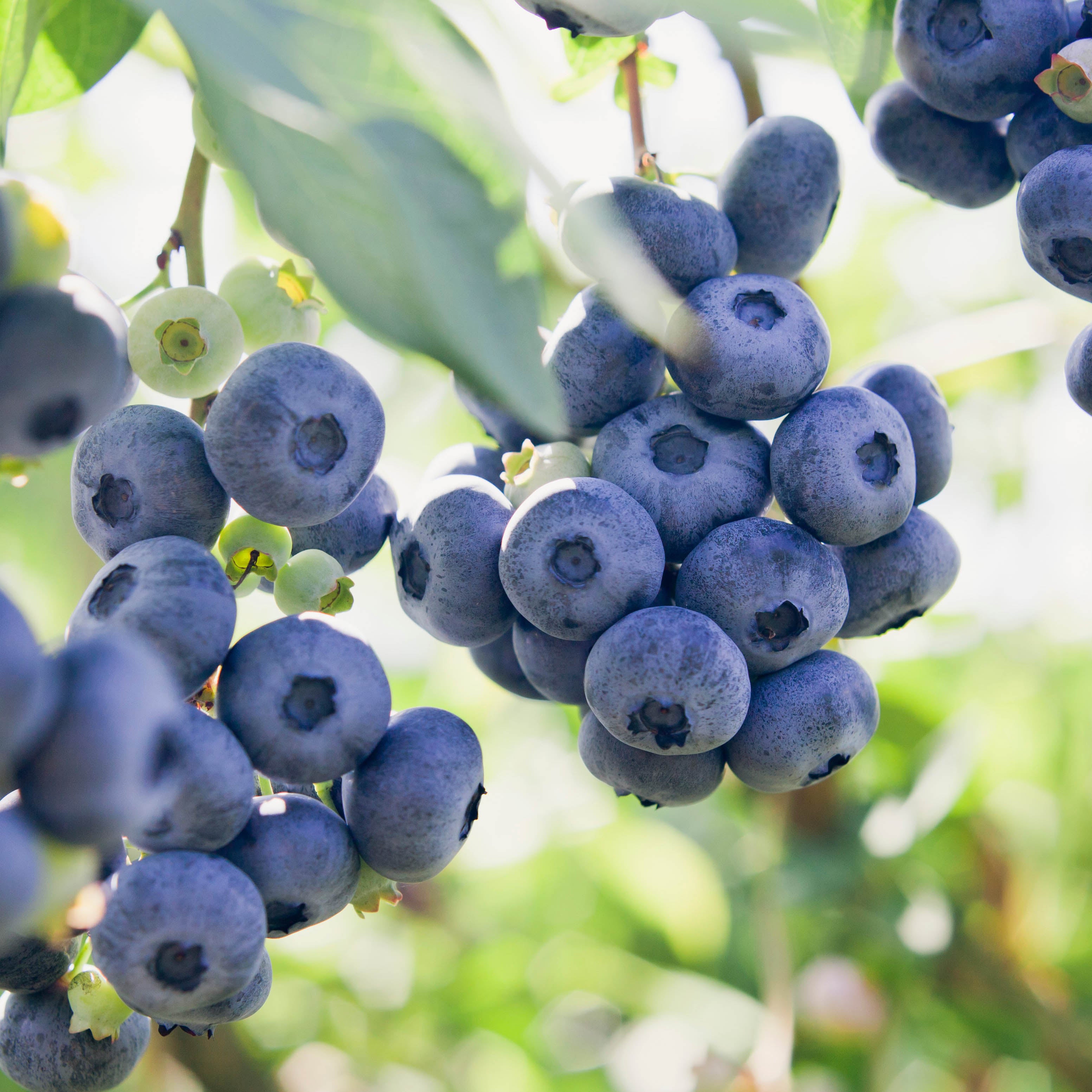
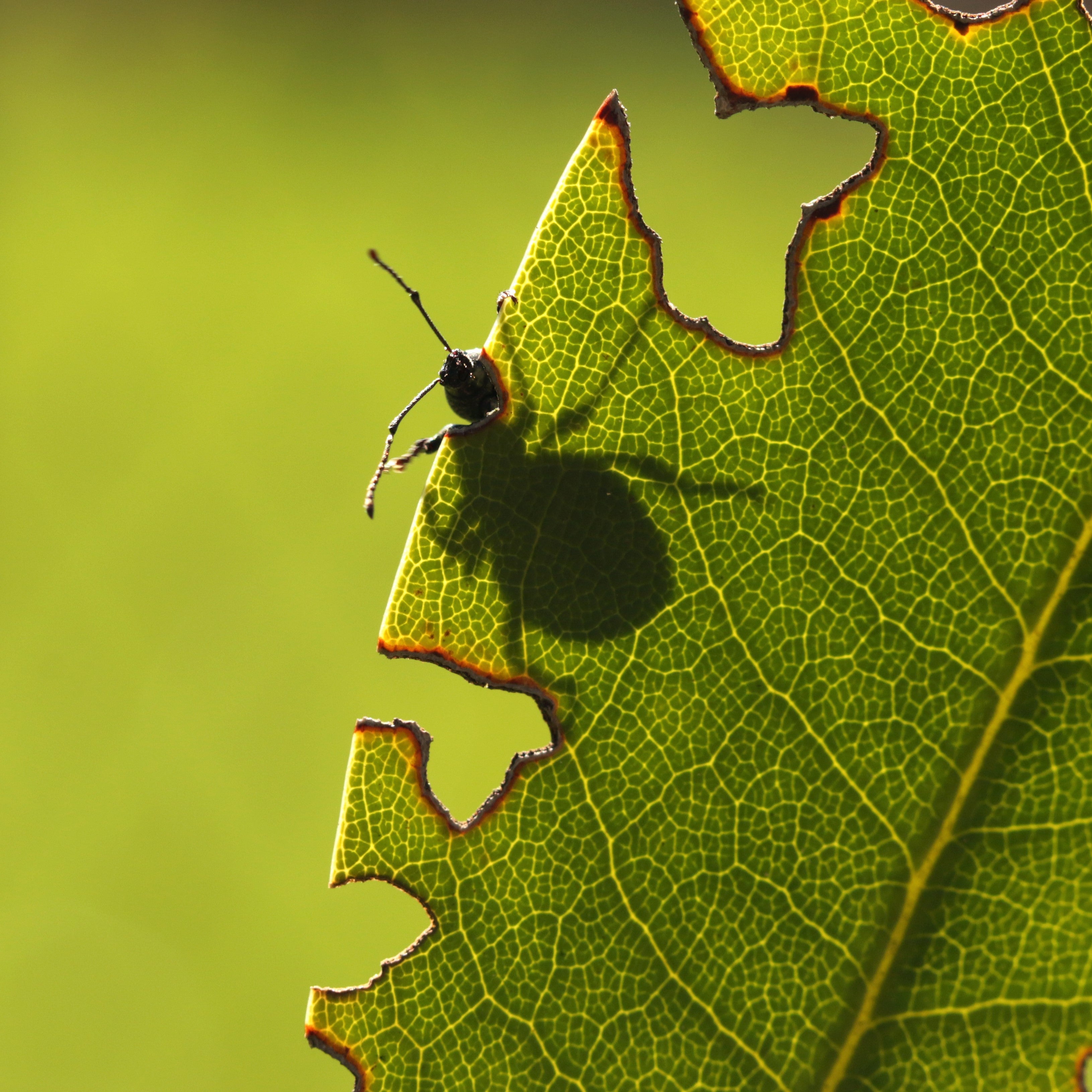

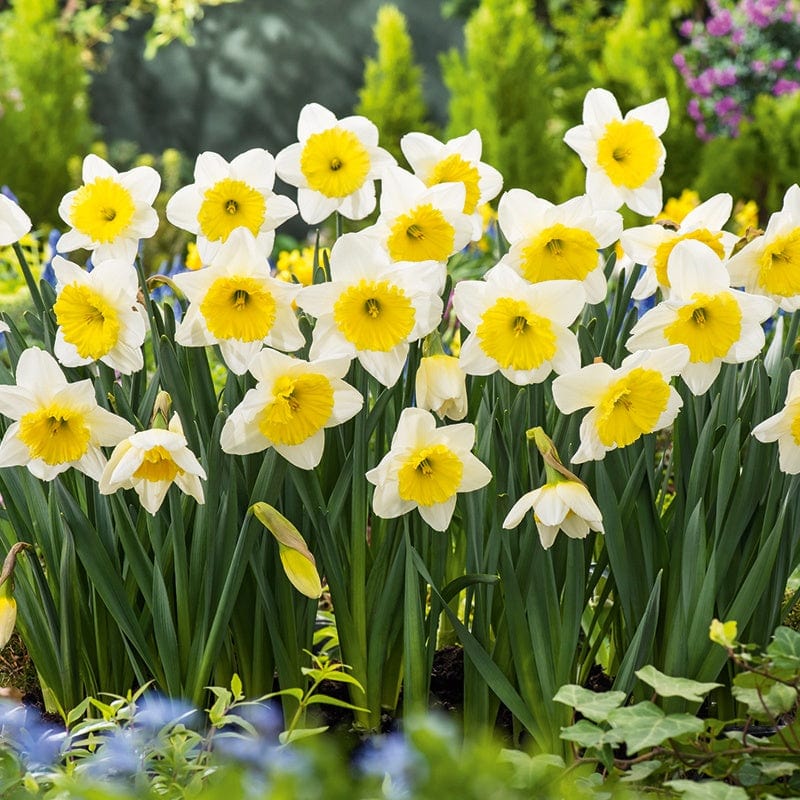
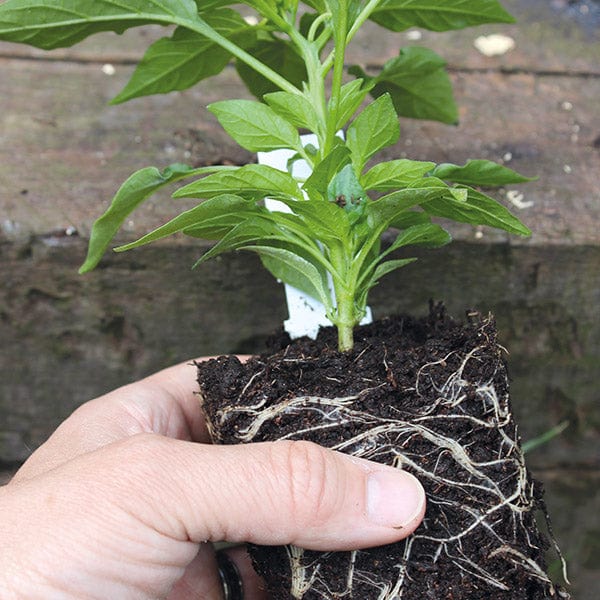

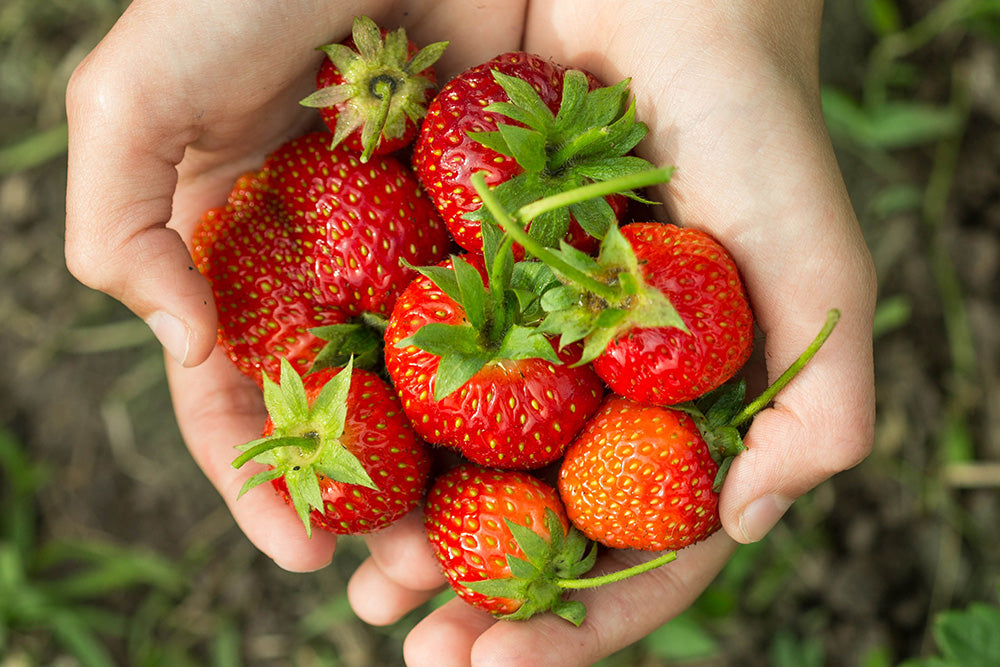
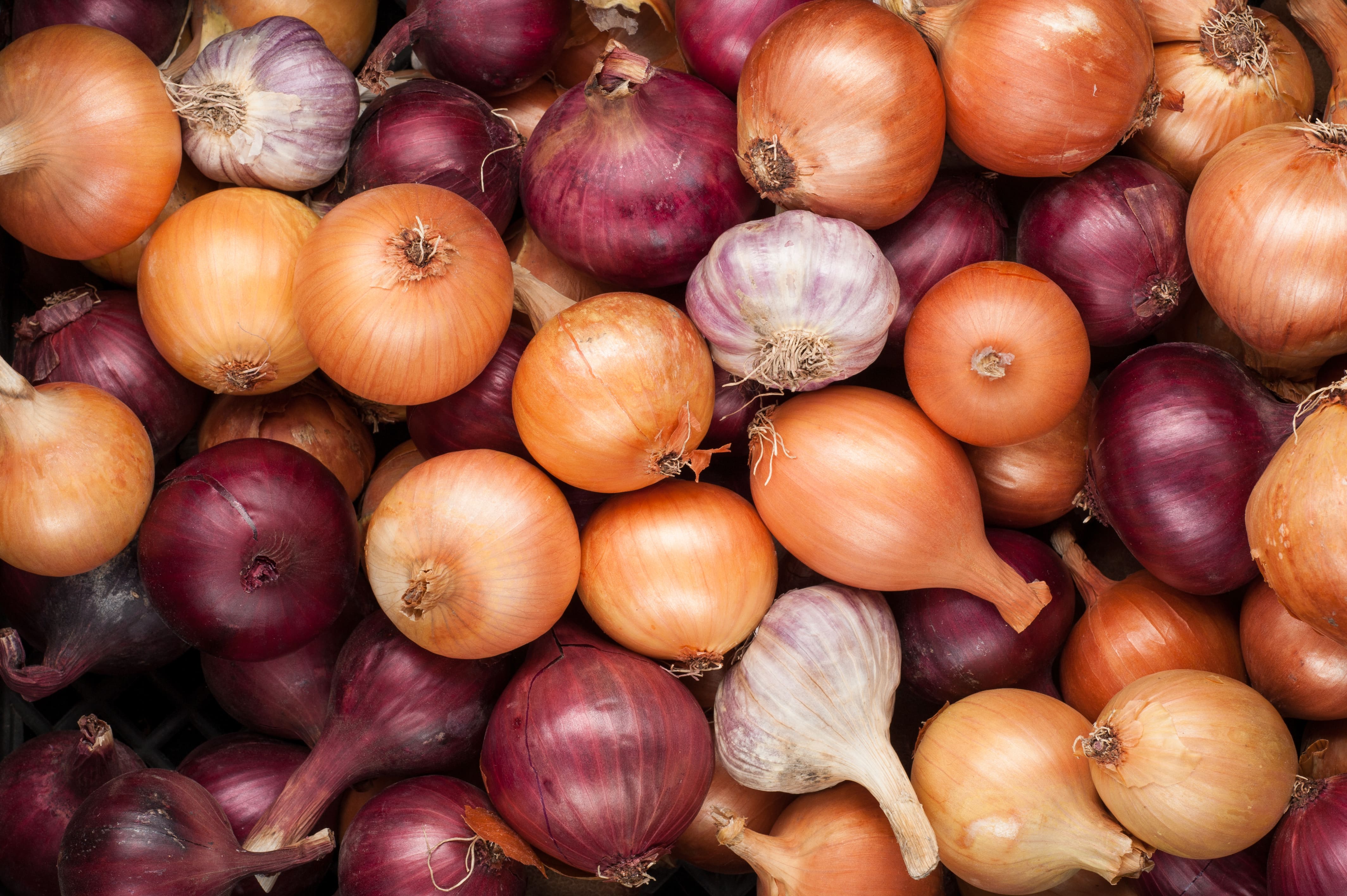
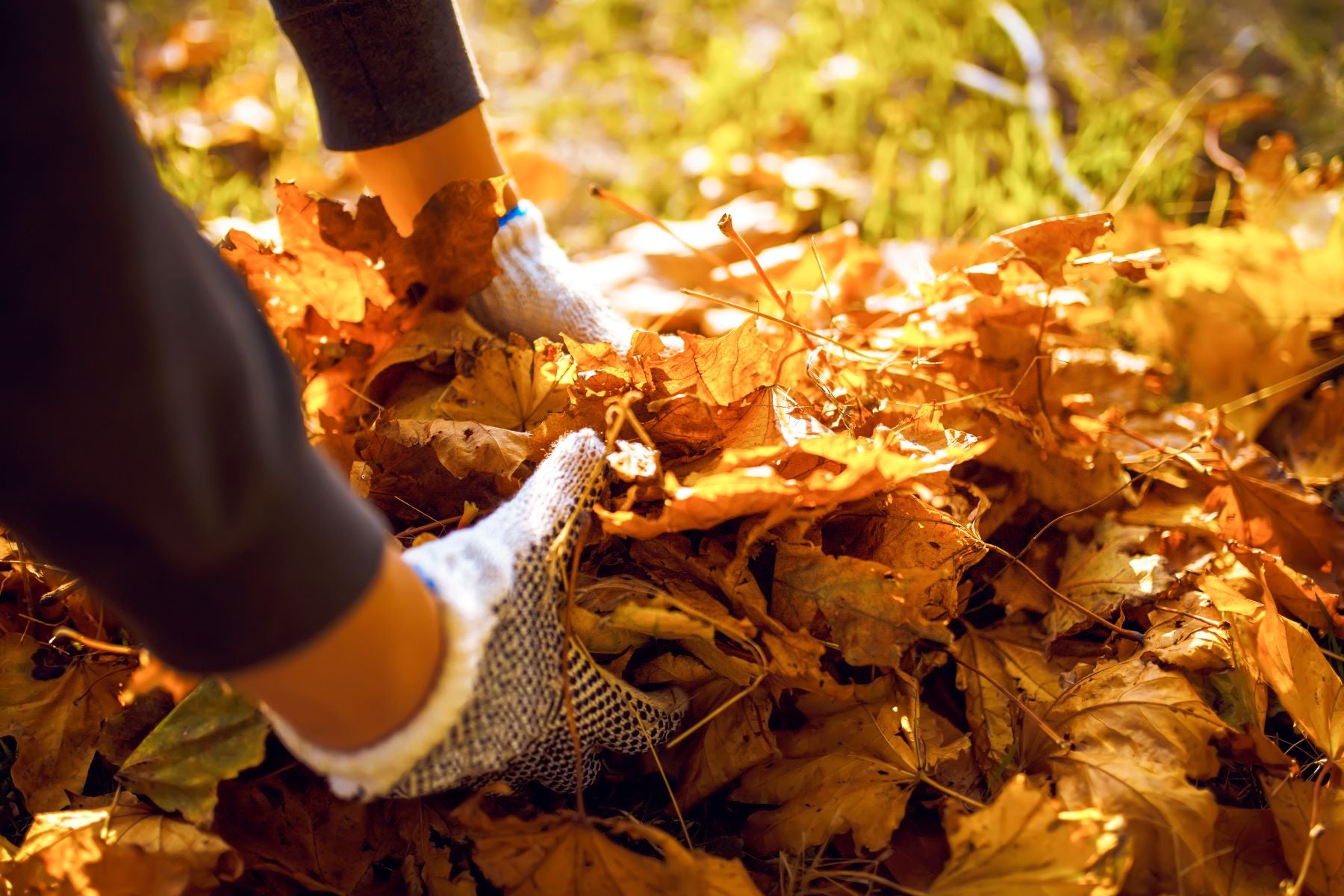
Leave a comment
All comments are moderated before being published.
This site is protected by reCAPTCHA and the Google Privacy Policy and Terms of Service apply.